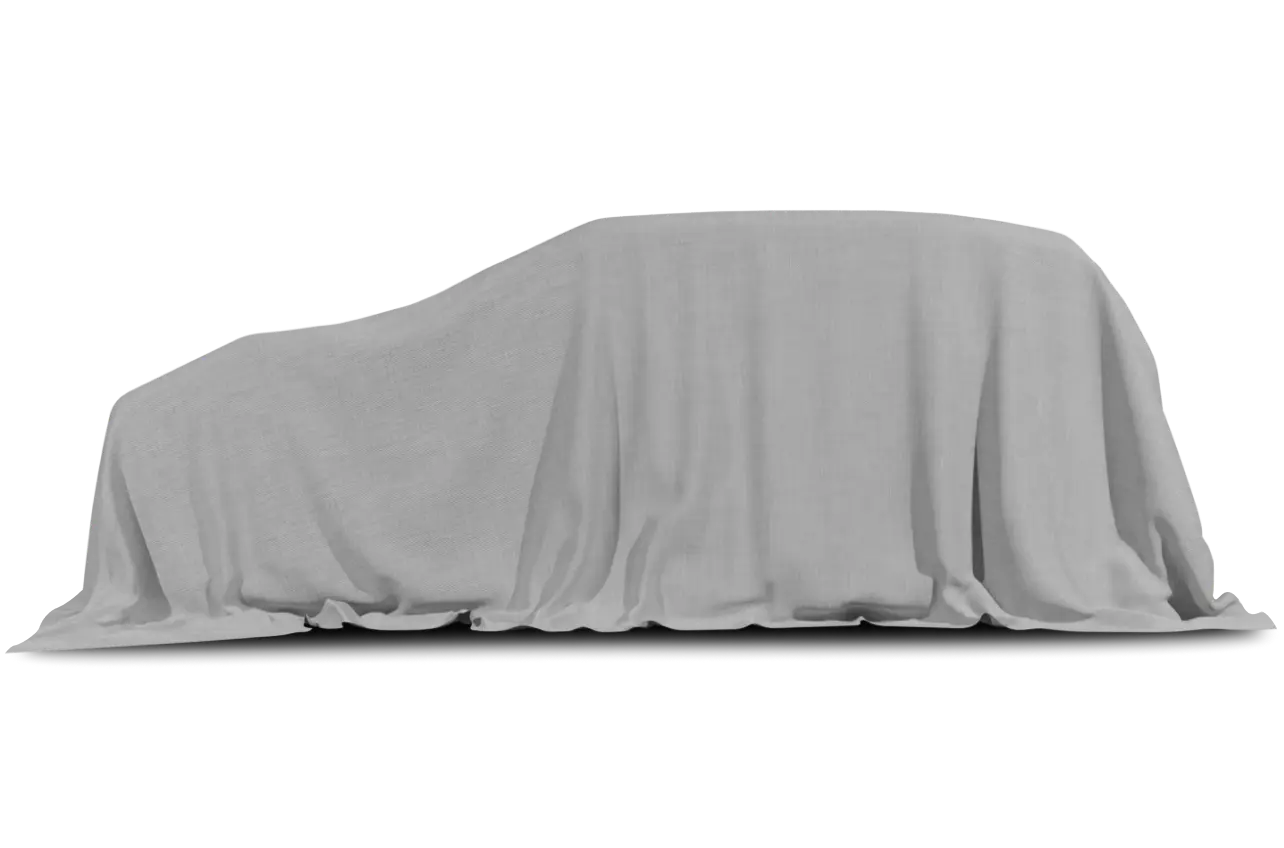
The Chevrolet Camaro is a 35-year-old teenager born and reared on the wrong side of the tracks. It’s going to die that way. It goes out of production at the end of the 2002 model year.
The same fate awaits the Camaro’s practically identical twin, the Pontiac Firebird. Ditto the offspring of those two moribund muscle cars — including this week’s test car, the completely doo-wopped 35th Anniversary Edition Chevrolet Camaro SS convertible.
The special-edition 2002 Camaro SS writes its own epitaph. It reads: “Here rests a car that couldn’t face adulthood with anything approaching grace and class. Better to go out in a flame of red, black and silver glory with big V-8 engine snarling and big fat tires burning rubber on the road to hell. Rock on!”
Though I admit an attraction to that kind of recalcitrance, I’m also aware of its limitations and missed opportunities. The Camaro was once the adored rebel without a cause roaring through urban streets. But it has long since lost touch with friends who finished high school and college, went to work, started families, and moved from those neighborhoods to the more serene, upscale suburbs where Camaros and Firebirds generally aren’t welcome.
Left behind, the Camaro has done little to break out of its muscle-bound isolation. It has remained fat and heavy in a new world of light, tight, more fuel-efficient convertibles, coupes and roadsters. Rival cars have sophisticated suspension systems, and they have interiors cleverly designed to comfortably seat four people without sacrificing their sporting attitudes.
The Camaro’s rear seats are useless. Its suspension is narrow-minded. The car runs lickety-split on well-maintained straightaways — 0 to 60 mph in 5.3 seconds in the SS. But it loses its composure in tight curves and becomes a torture chamber for its occupants on poorly maintained streets, such as those often found in the District of Columbia.
Also, as other sports cars embraced finesse, the Camaro spurned it with the vehemence of a boozer who has been asked to leave the bar before the last call.
The Camaro’s self-imposed isolation in the marketplace comes with penalties. Not only has it lost appeal among most of its early admirers, it’s done nothing to attract the Generation X and Y types who are drawn to “pocket rockets” and “hot hatches” such as the Honda Civic Si, the Subaru Impreza WRX, the Dodge Neon ACR, the BMW-designed Mini Cooper S, the Nissan Sentra SE-R Spec V and the Volkswagen GTI 1.8t.
That much was made clear to me during a recent trip to a Northern Virginia gas station in the red and black and flamboyantly silver-striped Camaro SS convertible. A kid at an adjacent pump was filling a very slick, monochrome indigo-blue-metallic Honda Civic. Empirical observation says he put about $5,000 extra into that little car to get it looking the way he wanted it to look. But even with all those ad ded touches, the kid’s Civic didn’t seem the least bit ostentatious. He looked at the Camaro SS convertible and dismissed the car with a shake of his head and a smirk.
It should come as no surprise, then, that Camaro and Firebird sales have fallen dramatically over the years. Last year’s declines are representative: Camaro sales fell 15.4 percent, dropping to 140,267, from 165,808 in the year 2000, according to statistics published by Automotive News. The Firebird was virtually dead at the wheel. Its paltry 2001 sales of 25,743 cars were 17 percent below the 31,013 sold a year earlier.
In terms of General Motors Corp.’s profits, those bad sales numbers are made worse by all the rebates and other sales incentives used to entice increasingly reluctant customers to buy Camaros and Firebirds. Indeed, if you are a die-hard fan of those models, you can still get rebates up to $3,000 on a Camaro and up to $2,000 on a Firebird. In lieu of rebates, low financing rates ranging from 1.9 percent to 3.9 percent are available.
Personally, in an odd way, I am going to miss the Camaro and the Firebird. There was a time when I thought those cars were what I wanted to be — brash, rough, constantly in-your-face. I loved the roar of their engines and the way their rear wheels squealed on takeoff, all of which I experienced in the 35th Anniversary Edition/Camaro SS.
But, alas, the thrill was gone. Instead, I was overcome by the car’s inadequacies, such as that big hump in the front floor that stole valuable foot room from the front-seat passenger. Ah, and I surely didn’t like the Camaro’s inability to take curves in the way they could be taken even in an economy pocket rocket, such as the Hyundai Tiburon V6 GT. I can’t go back to Camaro-think again. Nor can I any longer fly with the Firebird. It’s time to move on.






















